Jabal al-Nour (Arabic: جبل النور; “The Illumined Mount”), also known as Jabal Hira (Arabic: جبل حراء; “Mount Hira”), is a mountain in Makkah where the Prophet ﷺ would spend time worshipping and reflecting. He received the first revelation in the Ghar-e-Hira (Arabic: غار حراء); “The Cave of Hira”) situated near the summit of the mountain.
Location of Jabal al-Nour
Standing approximately 634 meters above sea level, Jabal al-Nour is situated 4 kilometres away from Masjid al-Haram, providing a vantage point overlooking Makkah and its dwellings. Since the revelation, Jabal al-Nour has become one of the most frequented sites of ziyarah, with thousands of pilgrims ascending the mountain daily and even more visiting during the Hajj season.
Names and Features
Jabal al-Nour is known by several names, including Jabal Hira or Mount Hira (its traditional name), the Mountain of the Quran, and the Mountain of Islam. However, it is most commonly referred to as Jabal al-Nour today due to the manifestation of Prophetic lights upon it.
The path to Ghar-e-Hira from the bottom of the mountain involves a gradual incline, beginning at approximately 35° near the base and gradually steepening to about 70° as the ascent progresses. As the mountain’s incline becomes steeper, it transitions to an almost perpendicular slope towards the summit.
The top of the mountain is described by some as resembling a fez or a camel’s hump.
History of Jabal al-Nour
When the Messenger of Allah ﷺ turned 40 years old, he began to seek isolation from the evils of Makkah al-Mukarramah and would retreat to the Cave of Hira to worship Allah. Sometimes, he would bring food and water and spend several days in the cave at a time.
One day, while deeply engaged in worship amidst the darkness in the cave, the Archangel Jibril Sappeared, held him tightly and commanded him, “Recite!” The Prophet ﷺ replied, “I am not going to recite.” Again, Jibril squeezed him tightly and commanded, “Recite!” and the Prophet ﷺ responded in the same manner, “I am not going to recite.” Jibril held him a third time, squeezing him to the limit of human endurance, then released him, saying:
Read in the Name of your Lord Who has created, Who has created man from a clot. Read and your Lord is the Most Generous, He has taught by the pen, taught man that which he did not know.
[Surah al-Alaq, 96:1-5]
The first of the Quran was thus revealed to the Prophet ﷺ.
The Prophet ﷺ then recited these verses, and Jibril departed. The Prophet ﷺ memorized the revelation and returned home. He was shaken by the experience and asked his wife, Sayyidatuna Khadijah J, to wrap him in a blanket. He described what had occurred, expressing fear for his life. Sayyidatuna Khadijah comforted him, saying, “Allah will never forsake you. You are good to your family, help those in need, feed the poor, and look after guests.”
They sought counsel from Sayyidatuna Khadijah’s cousin, Waraqah ibn Nawfal, who was well-versed in the Torah and the Bible despite being old and blind. When Sayyidatuna Khadijah informed him of what had transpired, he responded, “This is the angel who came to Prophet Musa S. I hope I am alive when you proclaim your Prophethood and the people of Makkah drive you out, so that I may support you.” Shocked, the Messenger of Allah ﷺ asked, “Will they really drive me out?” Waraqah confirmed, “Yes, this happened to all the Prophets before you, and the people turned against them.”
After the commencement of his mission, the Prophet Muhammad ﷺ and his companions would sometimes ascend Jabal al-Nour. Abu Hurayrah I reported:
The Messenger of Allah ﷺ was at Hira, him, Abu Bakr, Umar, Uthman, Ali, Talhah and Az-Zubair M, and the boulder (mount Hira) shook. So the Prophet ﷺ said: ‘Be calm, for there is none upon you except a Prophet, or a Siddiq, or a martyr.’
[Narrated in Sunan al-Tirmidhi]
How to Get to Jabal al-Nour
If your tour operator hasn’t arranged your visit to Jabal al-Nour as part of a broader ziyarah tour of Makkah or if you’re going independently, you can reach the mountain by taxi. Taxis can be found near Masjid al-Haram and typically cost around 25 riyals. However, prices may be slightly higher during Ramadan and the Hajj season. Ensure to negotiate with the taxi driver to secure a fair price, as some drivers may initially ask for extortionate amounts.
Make sure to instruct the taxi driver to drop you off at the farthest point accessible by car. Often, taxi drivers leave visitors at the bottom of the road, which is about 10-15 minutes away from the actual starting point. Walking to the foot of Jabal al-Nour from this point can be exhausting before the actual ascent begins, as the walk is uphill.
Climbing Jabal al-Nour
On average, it may take around 1 to 2 hours to reach the Cave of Hira from the base of the mountain, although this estimate can vary widely based on the pace of the climber, breaks taken along the way and how busy the mountain path is. It’s advisable to plan for additional time if you intend to explore the surroundings or spend time at the summit.
Tips for the Climb
Start Early: The Jabal al-Nour climb experiences its peak traffic during the daytime, often reaching its busiest point after Dhuhr time. It’s recommended to commence the climb before or just after Fajr time or just before Maghrib when there are fewer people and cooler temperatures. However, be aware that if you opt to climb before Maghrib, you’ll descend in darkness as there is no lighting on the mountain. If you find yourself descending in the dark, use your phone’s torch for visibility. From a safety standpoint, climbing the mountain during the daytime is preferable. However, many visitors also choose to climb the mountain and return during nighttime.
Drop off-Point: Ensure your taxi driver takes you directly to the foot of Jabal al-Nour, or as close as possible, instead of leaving you at a distance. Sometimes, taxi drivers drop off visitors far from the base of the mountain, resulting in an unnecessary and tiring uphill walk. Watch for the start of the climb, marked by a red sign and a pathway with steps.
Stay Hydrated: Bring plenty of water to stay hydrated throughout the climb. Two bottles should be enough, but it’s always better to have more. There are shops at the base of the mountain where you can purchase drinks and snacks. You will also come across vendors selling refreshments such as lemon drinks on the trail. There is another shop at the summit of Jabal al-Nour that sells cold drinks and ice cream.
Bring Snacks: Consider packing or purchasing light, energy-boosting snacks like nuts, dates, or energy bars for the climb. These snacks will provide a quick source of energy to keep you going during the climb.
Bring Money: Remember to bring money with you to purchase snacks and drinks before and during the climb. Additionally, you may encounter beggars along the route who will ask for money. If you wish to give them money, it’s advisable to have coins readily available. The beggars can be persistent and sometimes bothersome, so it’s entirely up to you whether you want to give them anything.
Wear Appropriate Footwear: Opt for comfortable footwear with good grip to navigate the climb safely, especially since the steps can be slippery. Trainers or sneakers are ideal for this purpose. You don’t need climbing shoes or any bulky footwear of that nature.
Dress for the Conditions: Opt for lightweight, breathable clothing that offers sun protection. Although you might observe others wearing thobes and shalwar kameez during the climb, it’s not the most practical choice as it increases the risk of falling.
Take Breaks as Needed: Pace yourself during the climb and take breaks as needed, particularly if you encounter difficulties. Don’t worry about getting to the summit as fast as possible. There are numerous resting spots with seating available along the way for your convenience.
Be Mindful of the Environment: Respect the sanctity of Jabal al-Nour and don’t litter. Carry any rubbish with you and dispose of it properly in waste bins. Despite its spiritual significance, you may observe littering and debris on the ground due to poor etiquette from visitors and inadequate maintenance by authorities. Remember that the mountain holds great spiritual importance, being where the Prophet ﷺ received revelation, and deserves to be treated with utmost love and honour.
Be Careful: Be cautious while climbing Jabal al-Nour, as there have been incidents of fatal falls. Avoid straying near the edges of the path and use available railings for support and safety.
Stay on the Path: For your safety, stick to the designated trail and refrain from venturing off the path. Don’t stray from the designated steps, even if you notice others climbing the mountain from different routes.
Safeguard Your Belongings: Ensure the safety of your belongings, not only from other people but also from the monkeys that inhabit the summit of the mountain. These monkeys are notorious for snatching bags and other items from visitors. In 2015, a tragic incident occurred where a man died after falling from the mountain while chasing a monkey that had stolen his bag.
Plan for Prayer: If you plan to pray at the summit of Jabal al-Nour, consider bringing a prayer mat, tasbih, or any other necessary items. There’s a designated prayer area at the top and some prayer mats in the Cave of Hira. Be mindful of others and respect their space during prayer.
Make the Most of the Experience: Take the opportunity to appreciate the journey and the spiritual significance of Jabal al-Nour. Reflect on the fact that the steps you take during the climb are the same ones that the Messenger of Allah ﷺ once tread. Embrace this chance for introspection and contemplation as you ascend. Do dhikr and send Salawat upon the Prophet ﷺ during the trek.
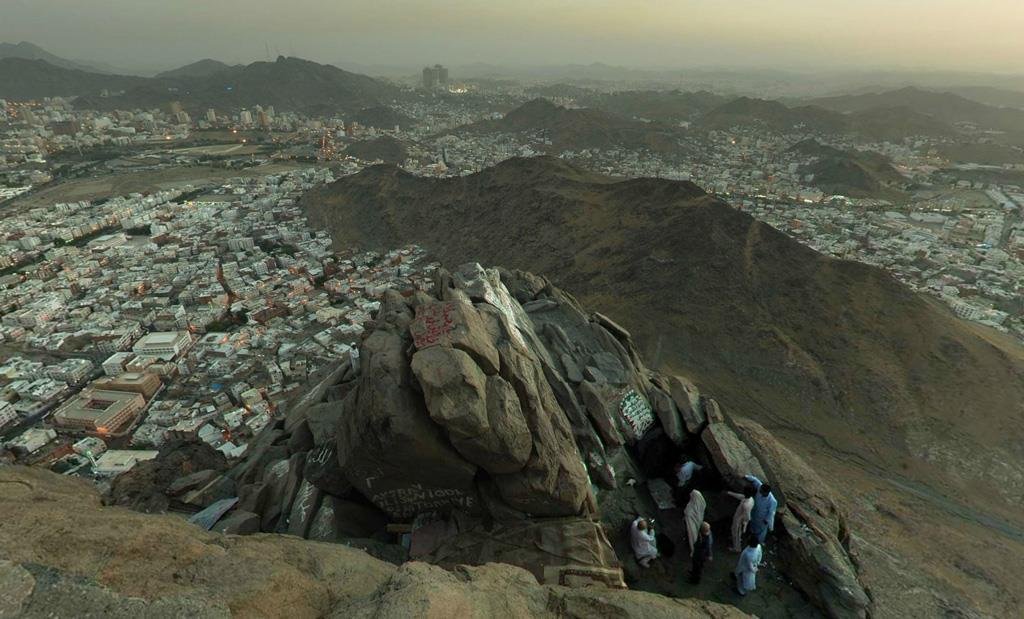
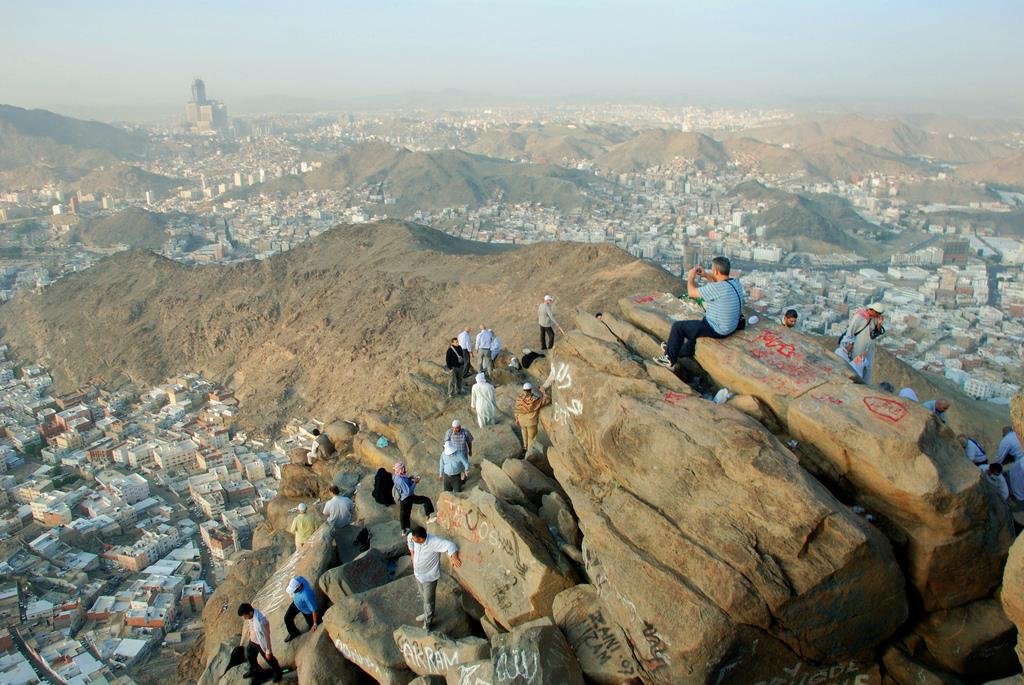
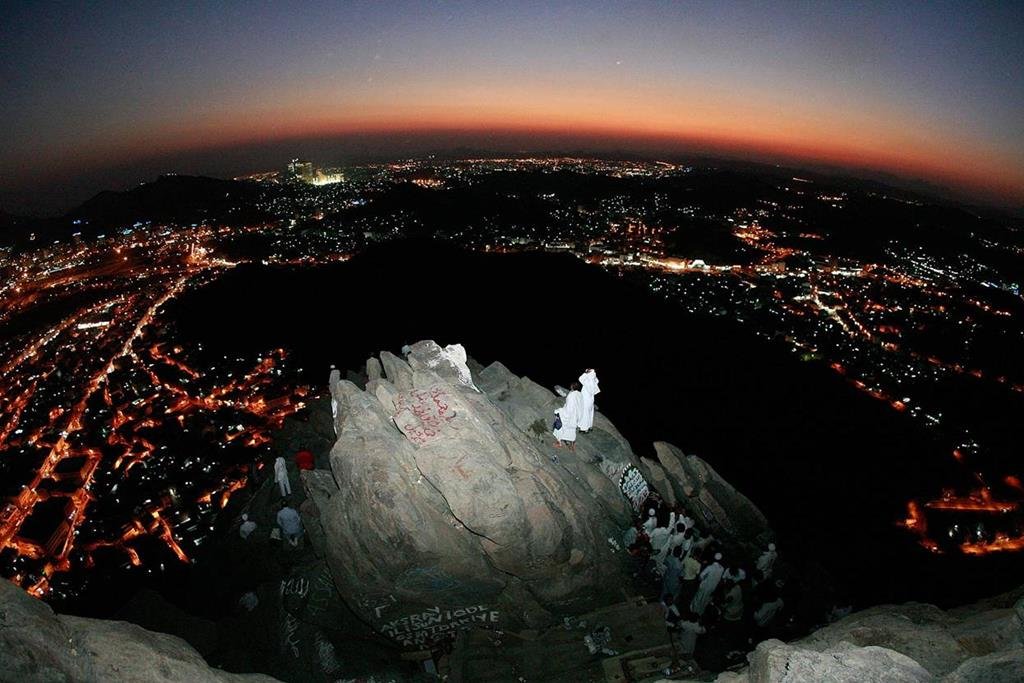
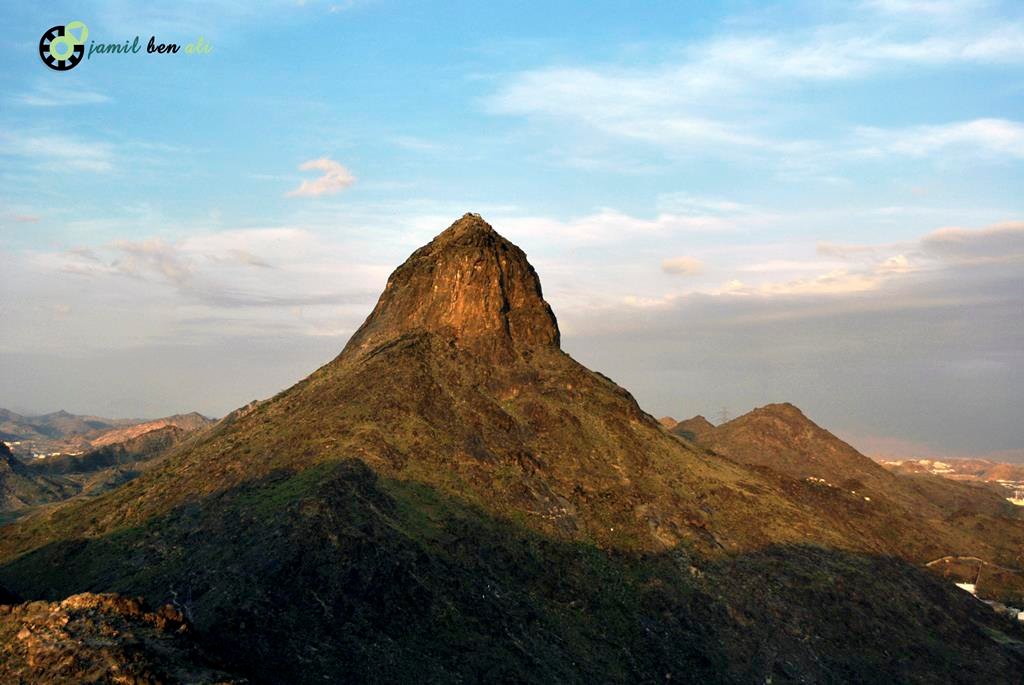
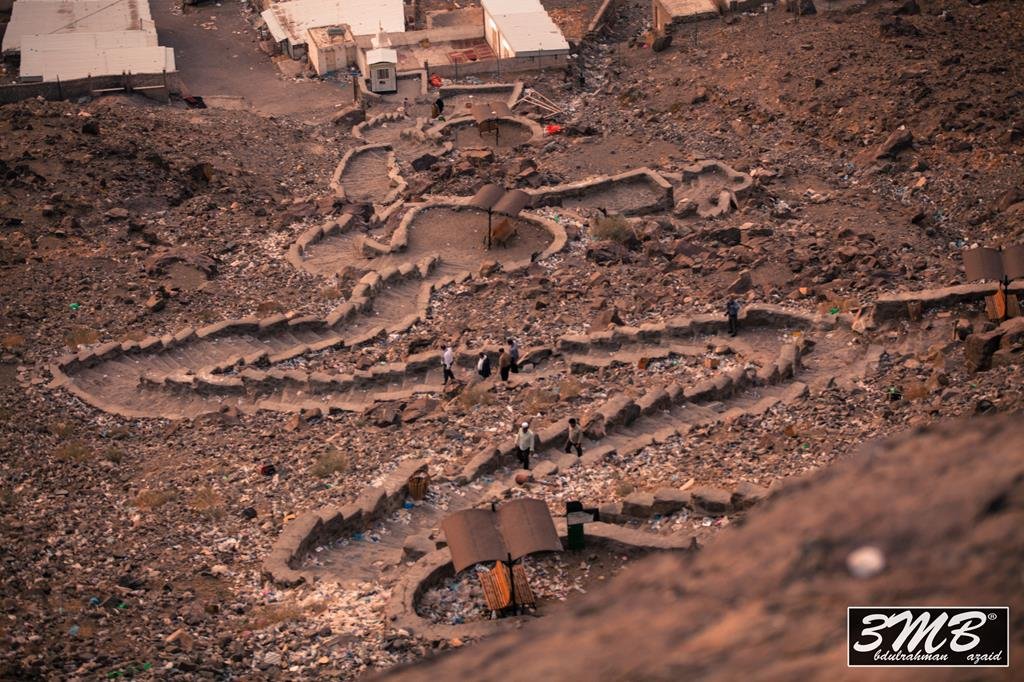
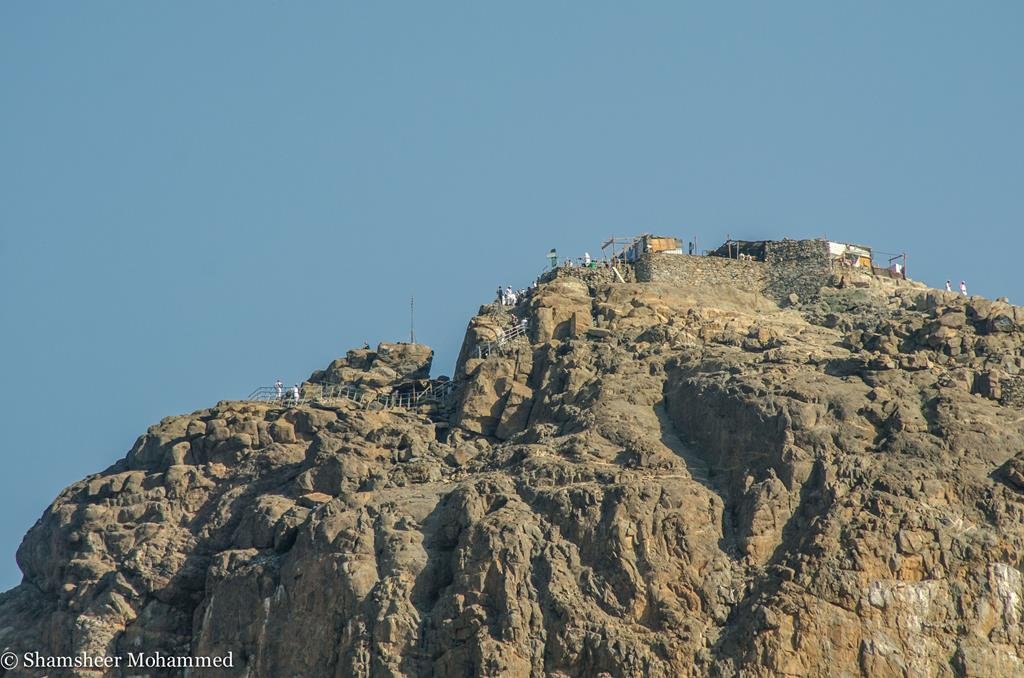
Source: https://hajjumrahplanner.com/jabal-al-nour-mount-hira/
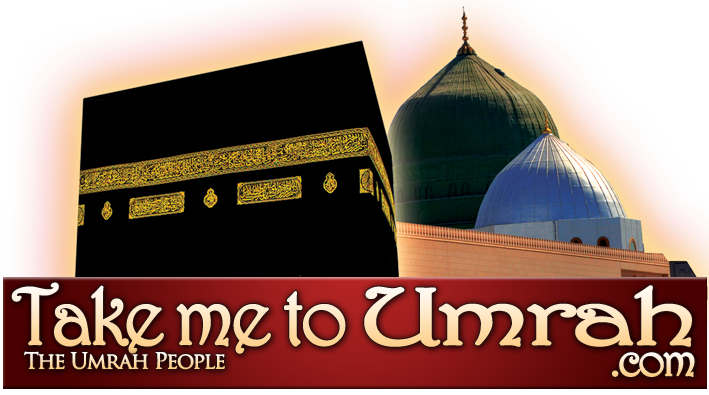
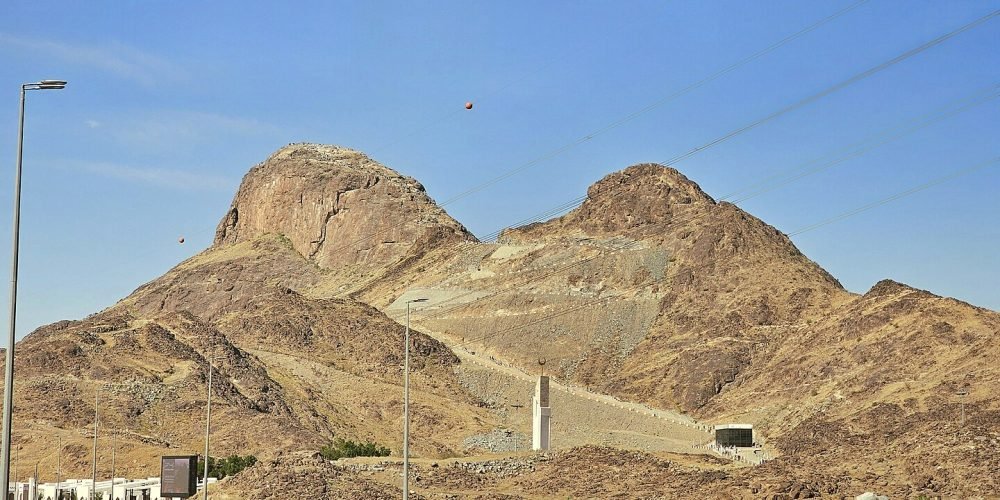
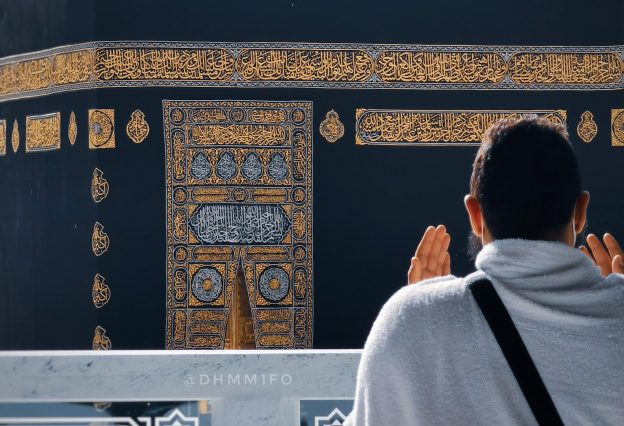
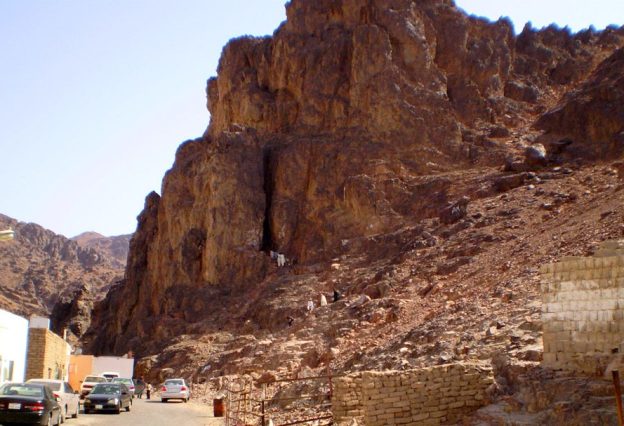
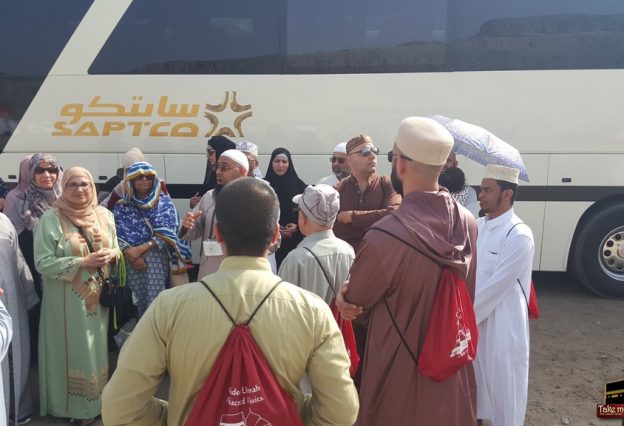
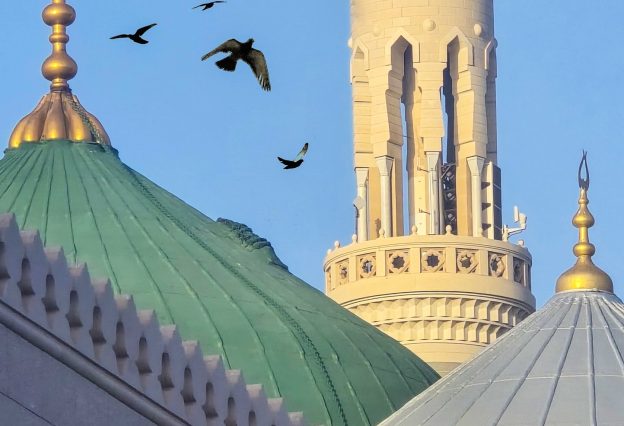
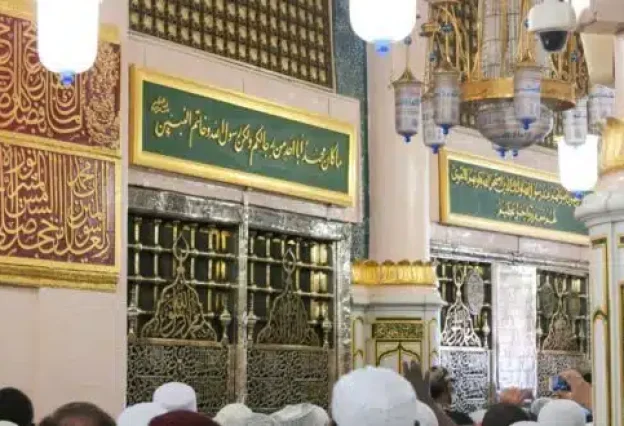
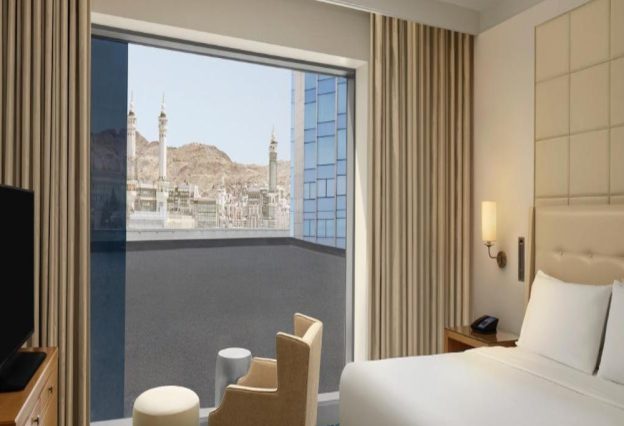
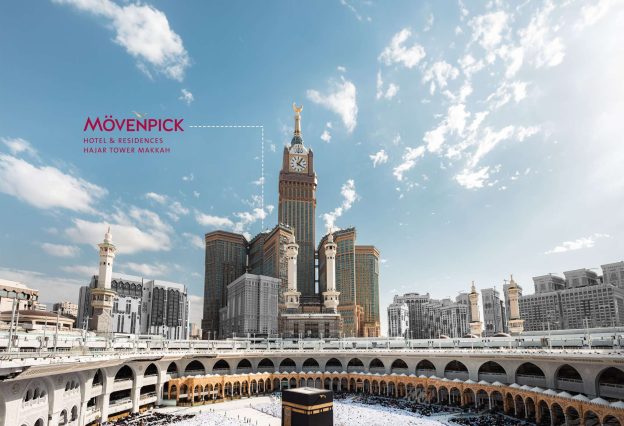
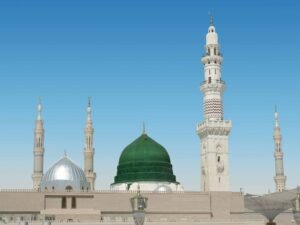
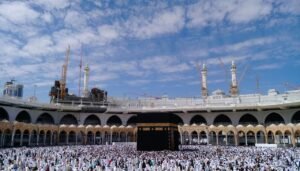
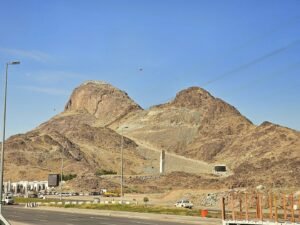



Every year my husband and I been going with you Umrah. We enjoy it a lot. Can't wait to go again Mar/2013. Insha Allah.